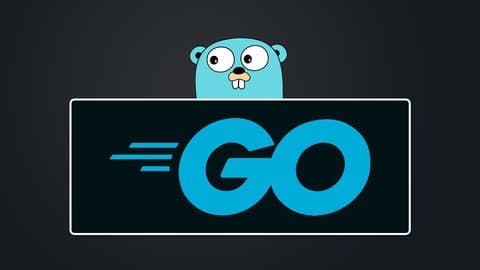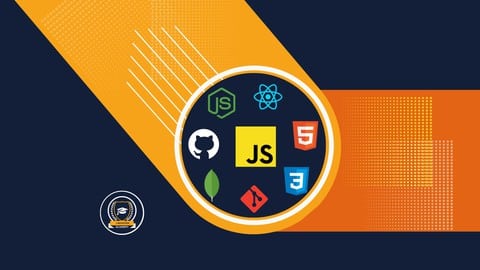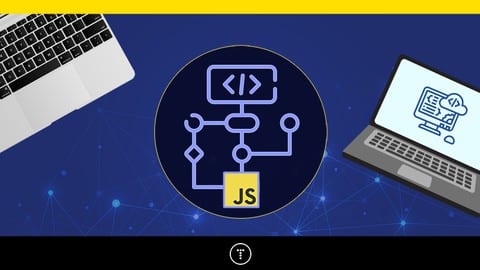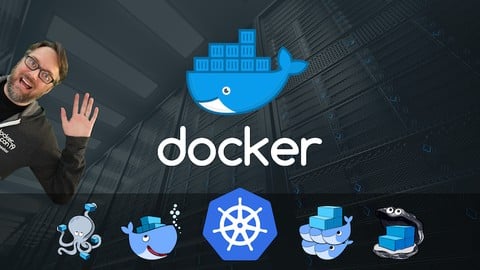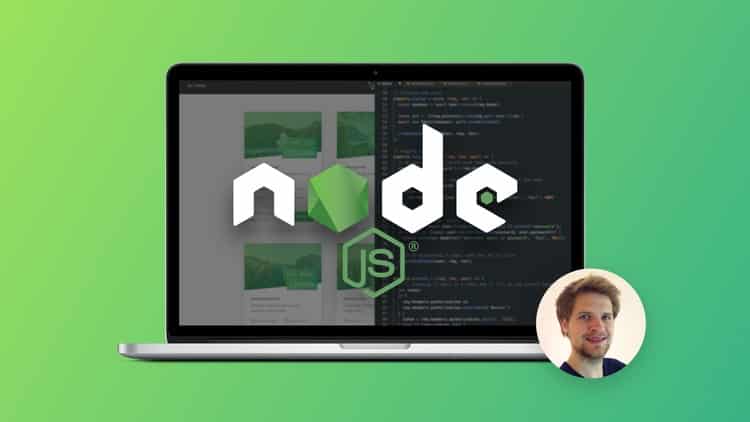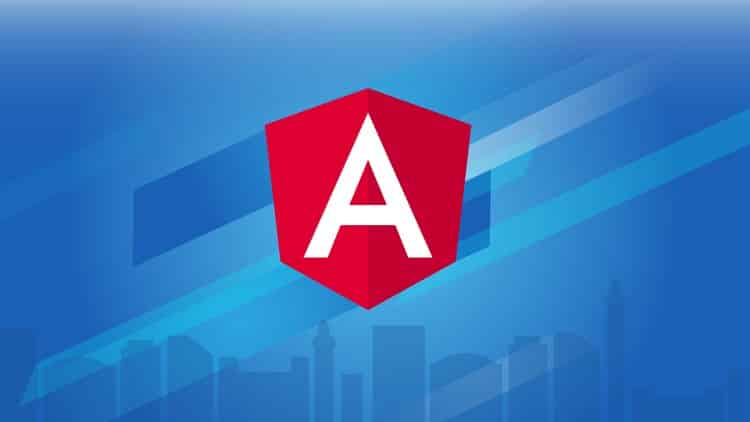Description
DJANGO X VUE.JS: LEARN HOW TO INTEGRATE DJANGO WITH VUE.JS
0
LEARN TO CREATE A FOUNDATION FOR ROBUST PROJECTS USING DJANGO AND VUE.JS
WHAT YOU’LL LEARN
* How to Develop Django & VueJS simultaneously
* Limit third-party package usage (no Python-based JavaScript compilers here)
* Leverage Django Templates with VueJS
* Implement Cross Site Request Forgery (csrf) safely
* Dynamically load file paths with Pathlib
* Use custom Django Template Context Processors
* CRUD from VueJS to Django without additional API frameworks (such as Django Rest Framework)
* Use Vite to build and compile our VueJS application
REQUIREMENTS
* Basic Django Experience (such as my Try Django videos)
* Python fundamentals (writing classes, functions, string formatting)
* JavaScript fundamentals (writing classes, functions, string formatting)
DESCRIPTION
Django is one of the most popular backend web application frameworks that exists and it’s written in Python. Vue.js is one of the most popular JavaScript tools for adding dynamic features to a web application.
Django doesn’t need Vue to run. Vue doesn’t need Django to run. The combination gives developers an incredibly flexible and dynamic paradigm while also leveraging a number of the built-in benefits that each tool has.
Django is excellent because it’s open source, has built-in user management, built-in database integrations, and built-in security measures. There’s features make it not only the best Python-based web framework but the best framework across all programming languages. I love tools like Flask, FastAPI, Express.js, Adonis.js, but none of them have the ease of implementation and the built-in features like Django.
Vue.js has quickly become my go-to for JavaScript frameworks. This is for two reasons: (1) The This video is not meant to be comprehensive in using Vue or Django but rather show you the best and most modern approach to integrating the two tools. Here’s exactly what we’re going to cover:
* Develop Django & Vue.js simultaneously
* Limit third-party package usage (no Python-based JavaScript compilers here)
* Leverage Django Templates with Vue.js
* Implement Cross Site Request Forgery (csrf) safely
* Dynamically load file paths with Pathlib
* Use custom Django Template Context Processors
* CRUD from Vue.js to Django without additional API frameworks (such as Django Rest Framework)
* Use Vite to build and compile our Vue.js application
* And more
The goal of this video is to build a practical and forward-thinking approach to integrate nearly any JavaScript library with your Django project. While you can take Vue.js and Django many places, having this type of integration will help you get there.
Recommended Experience
* One of my Try Django videos or my Your First Django project video or similar
* Python fundamentals (classes, functions, string formatting, etc)
* JavaScript fundamentals (classes, functions, string formatting, etc)
* HTML / CSS Basics (divs, inputs, styles, etc)
WHO THIS VIDEO IS FOR:
* Django Developers looking to use VueJS in their projects
* Django Developers looking to upgrade add dynamic capabilities to their projects
* Django Developers tired of Python-based third-party JavaScript compilers
Explore Popular videos/ebooks
100+ unique online videos/ebooks


